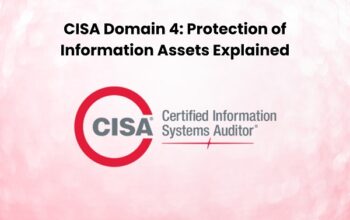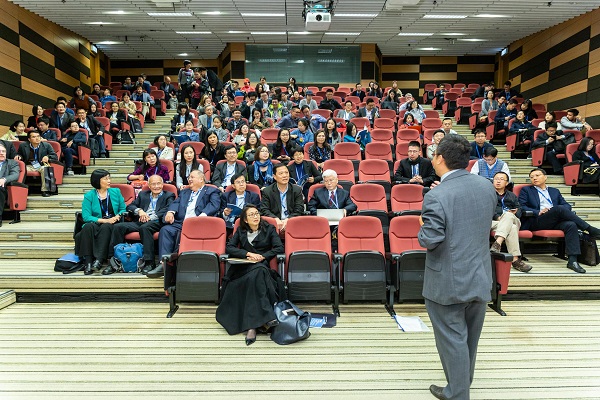Wildlife conservation is related to preserving and managing wildlife species and their habitats in national parks and wildlife sanctuaries. It also involves taking a brief look at the existing wildlife resources outside the protected area. Today, while increasing biological stress poses a direct threat to wildlife and their habitats, rapid industrial development and urbanization pose an additional threat to endangered desert species.
The construction of mega river valley projects and refineries, thermal power plants, and nuclear power plants are generally considered superior alternatives to meet the growing demand for energy and power to promote economic and technological progress.
About the course
The wildlife conversation course will introduce you to the study of wildlife conservation. You will learn about the protection and importance of wildlife and the threats they face.
Then study climate change and its role in habitat loss and its impact on wildlife. The material contains examples of biodiversity conservation in the context of rapid technological change and the commercialization of biological resources.
Nature conservation is at the heart of what we do as WWF. For over 60 years, we have made it our mission to find solutions that apply the best science available on our planet and save the remarkable life on our earth by working closely with local communities.
Best Wildlife Conservation Institute: Bharati Vidyapeeth (BVIEER)
The Institute of Environment Education and Research, Bharati Vidyapeeth (Deemed to be University) (BVIEER), is a unique educational and research institution. The distinguishing feature of BVIEER is its broad mandate of teaching, research, and extension, which is the primary responsibility of the Institute in Environmental Sciences and Geoinformatics.
Significant achievements include projects and programs that have influenced environmental policy, implemented ecological education at the school and college level, and protected area management strategies. BVIEER for wildlife conversion, contact us online.
The Institute actively collaborates with various international universities and organizations and has launched semester exchange programs and international internship programs.
Its innovative teaching program complements classroom learning with fieldwork, guest lectures, group discussions, projects, and internships, a key feature of our Environmental Science, Geoinformatics, and Wildlife Conservation Action Course, making us one of the best environmental science colleges.
Nevertheless, these developments have not been fully appreciated as they have significantly hampered efforts to conserve wildlife species and their habitats. Environmentally, the direct and indirect effects of some development projects threaten the sustainability of the ecosystem, resulting in the inability to recover or only partially recover from the once destroyed fragile ecosystem effects.
As with other resources, natural ecosystems have limited reproductive capacity, and therefore, their conservation should be centralized in development project planning.
There are several examples of forest and wildlife habitats being affected by development activities in India. The construction of the Bodhghat and Narmada river basin projects can submerge vast tracts of forest, resulting in the loss and alteration of wildlife habitats for mammals such as wild buffalo and wild donkeys.
Elephant populations and their habitats in the Singhbhum forest are heavily mined and consequently affected by river pollution. Similarly, 450 mining operations at the Sariska Tiger Reserve to extract copper, dolomite and marble have resulted in low concentrations in and around the mining area.
Between 1900 and 1965, the world’s energy consumption rate increased by about 600% and is projected to increase by 450% by 2000 (Al-Hinnawi and Hashmi, 1982). In India, the development of power generation has increased from 1,700 MW in 1950 to 6,700 MW to date. Coal, oil, and natural gas are the three primary forms of fossil fuels.
Consideration of the impact of development projects on land and aquatic wildlife habitat for improved wildlife management and conservation is covered by the wildlife conservation institute of India. Therefore, this report considers all-natural arrangements in and around the proposed project area to assess the project’s impact.
Conclusion:
The Institute actively collaborates with various international universities and organizations and has launched semester exchange programs and international internship programs. Its innovative teaching program complements classroom learning with fieldwork, guest lectures, group discussions, projects, and internships, a key feature of our Environmental Science, Geoinformatics, and Wildlife Conservation Action Course, making us one of the best environmental science colleges.







